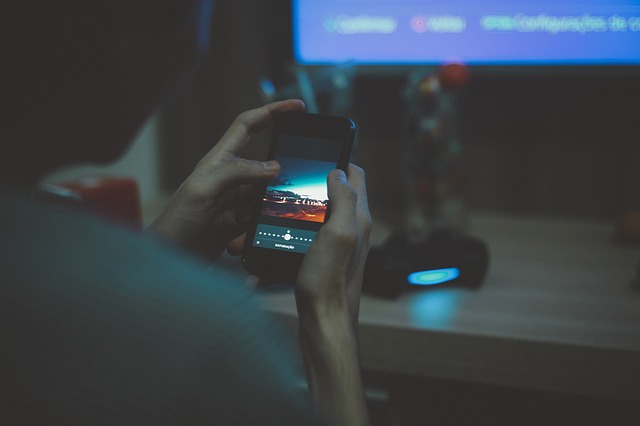
Online pornography and the brain. How do I know if I am addicted to porn?

Thoughts about the Netflix drama Adolescence

Seductive Coercive Control

Covid-19 Lockdown, Relationships and Internet Pornography
Many counsellors and psychotherapists who have been forced to work online due to the Covid-19 pandemic have noticed a significant increase in people (most commonly men, but not always) worried about their levels of time viewing pornography online. The lockdown and individuals being furloughed and unable to work has led to them sat in front of their computers for long periods of time feeling restless and bored. They share that they have overspent on online shopping or online gambling, become tired of continuously playing games into the early hours of the morning, but there is always plenty of pornography online to while the way the hours.
Some clients are finding that their masturbatory practice has increased substantially, and while there is nothing wrong with masturbation per se, when clients are presenting with masturbation 10+ times daily, then we are getting into obsessive behaviour as means of trying to self-sooth internal distress.




